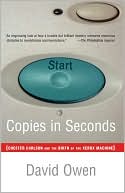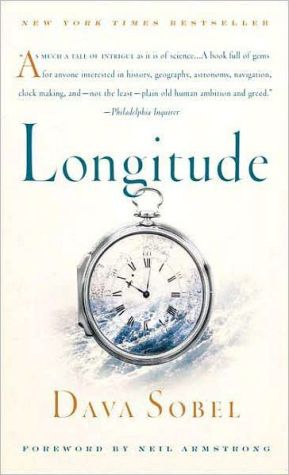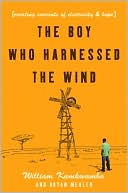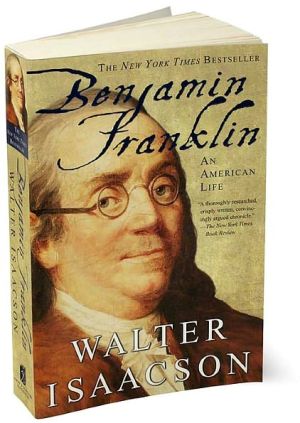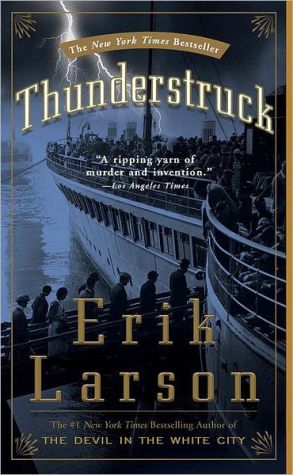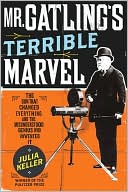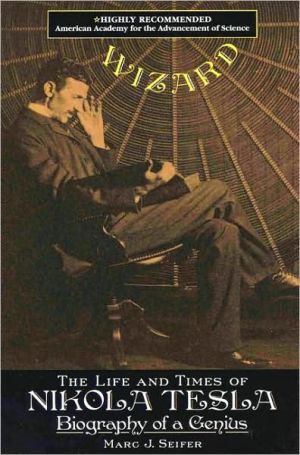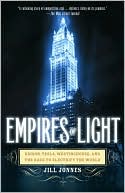Copies in Seconds: Chester Carlson and the Birth of the Xerox Machine
Search in google:
A lone inventor and the story of how one of the most revolutionary inventions of the twentieth century almost didn't happen.Introduced in 1960, the first plain-paper office copier is unusual among major high-technology inventions in that its central process was conceived by a single person. Chester Carlson grew up in unspeakable poverty, worked his way through junior college and the California Institute of Technology, and made his discovery in solitude in the depths of the Great Depression. He offered his big idea to two dozen major corporations -- among them IBM, RCA, and General Electric -- all of which turned him down. So persistent was this failure of capitalistic vision that by the time the Xerox 914 was manufactured, by an obscure photographic-supply company in Rochester, New York, Carlson's original patent had expired.Xerography was so unusual and nonintuitive that it conceivably could have been overlooked entirely. Scientists who visited the drafty warehouses where the first machines were built sometimes doubted that Carlson's invention was even theoretically feasible. Building the first plain-paper office copier -- with parts scrounged from junkyards, cleaning brushes made of hand-sewn rabbit fur, and a built-in fire extinguisher -- required the persistence, courage, and imagination of an extraordinary group of physicists, engineers, and corporate executives whose story has never before been fully told.Copies in Seconds is a tale of corporate innovation and risk-taking at its very best. The New Yorker This history of the Xerox copier starts with its inventor, a Caltech graduate named Chester Carlson, who in 1938 made the first xerographic reproduction—a piece of waxed paper that read “10-22-38 Astoria.” Xerography was difficult to perfect, requiring a coördinated ballet of paper-handling and electric charge, and it was more than twenty years before the first commercial copier, Model 914, went into production. An ungainly machine, it imparted electric shocks and used rabbit fur as a key part, but it solved a centuries-old problem—making document reproduction possible without a roomful of monks or a collection of foul-smelling chemicals. One-touch copying (and its evil twin, the paper jam) was born. Owen has a knack for explaining technical innovations in layman’s terms, and he vividly conveys the magnitude of Xerox’s coup: in 1961, when a television ad showed a young girl making copies, a competitor demanded proof that she was not a midget.
ContentsPrologue1 Copies in Seconds2 Beyond the Reach of Accident3 How Do You Know What Color It Is on the Other Side?4 10-22-38 ASTORIA5 Fathers and Sons6 The Ox Box7 The House on Hollenbeck Street8 American Xerography Corp.9 The 91410 Nickels11 Which Is the Original?12 To Die a Poor ManSourcesIndex
